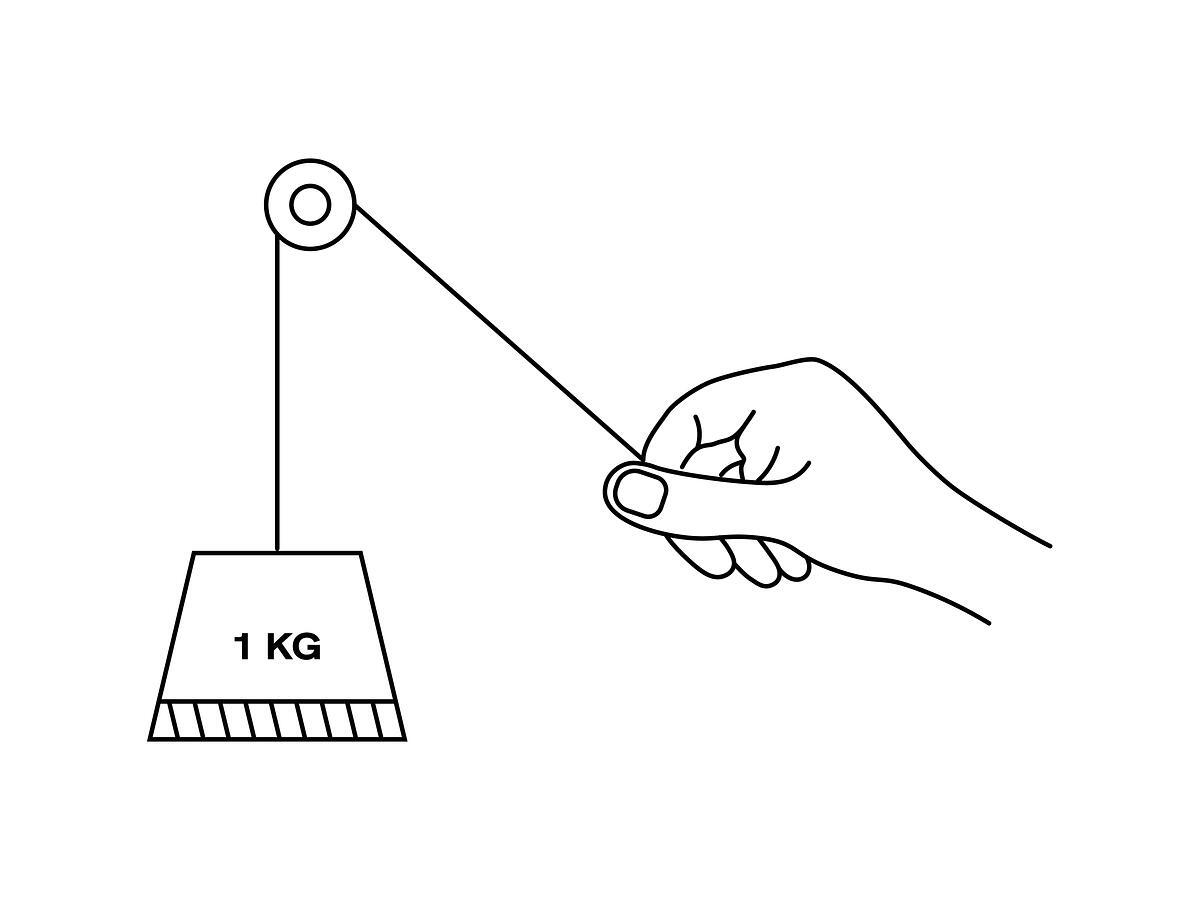What a Modern Marketing System Actually Looks Like in 2025
Marketing in 2025 looks different than it did just a few years ago. Teams are working with new tools, new workflows, and new expectations about speed, accuracy, and customer relevance.
Many processes that used to be managed manually are now handled by technology. Artificial intelligence and automation are now embedded in nearly every part of the marketing system—from content planning to customer support.
This shift is not about replacing marketing teams. It is about changing how they work, what they focus on, and how they use data to make decisions.
What is a modern marketing system?
A modern marketing system in 2025 is a connected set of tools, processes, and teams that work together to reach customers in personalized ways. These systems use artificial intelligence (AI) and automation to handle routine tasks while humans focus on strategy and creativity.
Unlike older marketing approaches that kept data in separate places, modern systems connect everything. This means customer information from a website visit can immediately affect what email that person receives or what ad they see.
Most marketing teams now use these connected systems because they help deliver more relevant messages to customers and measure results more accurately.
How AI and automation reshape marketing
AI and automation handle many tasks that marketers used to do manually. This includes writing content, analyzing customer behavior, and managing customer service.
AI-driven content creation
AI tools now write first drafts of marketing content like blog posts, social media captions, and email subject lines. These tools learn from existing content to create new material that sounds like the brand's voice.
Human editors still review and improve this content to make sure it's accurate and matches the brand's style. This combination of AI and human input helps teams create more content without sacrificing quality.
Predictive analytics for targeting
Predictive analytics uses past data to guess what customers might do next. This helps marketers send the right messages to the right people at the right time.
For example:
-
AI can identify which website visitors are most likely to buy something
-
Systems can automatically adjust ad spending to focus on people who show interest
-
Email systems can send different messages based on what a customer has bought before
Automated customer service
Customer service now uses AI chatbots and virtual assistants to answer common questions quickly. These tools can:
-
Answer frequently asked questions instantly
-
Help customers track orders or make returns
-
Connect customers with human agents when needed
Companies using these tools often report faster response times and higher customer satisfaction scores.
Building a flexible marketing system
Modern marketing systems are built to change quickly as customer needs and market conditions change. This flexibility comes from using:
-
Cloud platforms: Allow systems to grow or shrink based on needs
-
Connected tools: Different marketing tools share data through APIs
-
Modular design: Parts of the system can be updated without changing everything
This approach is different from older marketing systems that were hard to change and often required months to update.
|
Feature |
Traditional Marketing Systems |
Modern Marketing Systems (2025) |
|---|---|---|
|
Scalability |
Limited, requires manual work |
Automatic scaling through cloud services |
|
Integration |
Difficult to connect different tools |
Easy connections through APIs |
|
Updates |
Slow, often takes months |
Quick, can happen in days |
Using customer data responsibly
As third-party cookies disappear, first-party data (information customers share directly with a business) has become more important. Modern marketing systems collect and use this data carefully.
Collecting data with permission
Modern systems ask customers clearly for permission to collect their data. They explain what information they're collecting and how they'll use it.
Many businesses offer something valuable in exchange for data, such as:
-
Exclusive content or early access to new products
-
Personalized recommendations
-
Loyalty rewards or discounts
Connecting data across channels
Customer data comes from many places—websites, mobile apps, email, social media, and in-store visits. Modern systems bring all this information together to create a complete picture of each customer.
This connected view helps marketers understand the entire customer journey rather than just seeing isolated interactions.
Creating personalized experiences
With good data, marketing systems can create experiences that feel personalized to each customer. This might include:
-
Product recommendations based on past purchases
-
Content that matches someone's interests
-
Special offers timed to when someone is likely to buy
These personalized experiences help customers find what they want more easily and help businesses increase sales.
Reaching customers across channels
Modern marketing systems deliver consistent experiences across all the places customers interact with a brand. This approach is called omnichannel marketing.
In an omnichannel system:
-
Customer information is shared across all channels
-
Messages stay consistent whether someone is on social media, email, or in a store
-
Customers can start an interaction in one place and continue it in another
For example, a customer might see a product on social media, read reviews on the website, and then buy it in a store—and the system tracks this entire journey.
Measuring marketing performance
Modern marketing systems track results in detail to understand what's working and what isn't. This measurement focuses on business outcomes, not just surface-level metrics.
Setting clear goals
Marketing teams set specific goals for each campaign and channel. These goals might include:
-
For new customer acquisition: Cost per new customer, conversion rate
-
For customer engagement: Email open rates, social media interactions
-
For customer retention: Repeat purchase rate, customer lifetime value
These specific measurements help teams understand if their marketing is actually helping the business grow.
Testing and improving
Modern systems make it easy to test different approaches and see what works best. This includes:
-
A/B testing different messages, images, or offers
-
Using AI to predict which approach might work better
-
Automatically adjusting campaigns based on results
This continuous testing helps marketing improve over time rather than staying static.
Seeing results in real time
Marketing dashboards show results as they happen, not just in monthly reports. These dashboards highlight important trends and alert teams when something needs attention.
Real-time data helps marketers make quick decisions rather than waiting until a campaign is over to learn what worked.
Balancing privacy and personalization
Modern marketing systems are designed to follow privacy laws like GDPR and CCPA while still delivering personalized experiences.
These systems include:
-
Consent management: Tools that track what data each customer has agreed to share
-
Privacy-safe analytics: Ways to measure performance without exposing personal information
-
Data security: Protections to keep customer information safe
This balanced approach helps maintain customer trust while still allowing effective marketing.
How marketing teams work in 2025
Marketing teams in 2025 work differently than they did in the past. Instead of organizing by channel (like "email team" or "social media team"), many now organize around customer journeys or business goals.
Team members need a mix of skills:
-
Data analysis to understand customer behavior
-
Technical knowledge to work with marketing tools
-
Creative thinking to develop compelling messages
-
Strategic planning to connect marketing to business goals
This combination of skills helps teams use modern marketing systems effectively.
Emerging marketing channels
New channels continue to emerge, and modern marketing systems help teams adapt to these changes.
Voice search optimization
As more people use voice assistants like Alexa, Siri, and Google Assistant, marketing content needs to work well for voice search. This means:
-
Writing in a conversational style that matches how people talk
-
Creating direct answers to common questions
-
Using structured data to help search engines understand content
Short-form video content
Short videos on platforms like TikTok, Instagram Reels, and YouTube Shorts have become important marketing channels. Modern systems help manage this content by:
-
Tracking performance across platforms
-
Identifying what types of videos perform best
-
Scheduling and publishing content efficiently
AI generative search
Search engines now use AI to generate answers directly rather than just showing links. To appear in these results, marketers focus on:
-
Creating content that clearly answers specific questions
-
Providing unique insights that AI can reference
-
Building authority through quality content
Getting started with modern marketing
Updating a marketing system doesn't have to happen all at once. Most businesses start by identifying their biggest challenges and addressing those first.
Common starting points include:
-
Connecting data from different marketing tools
-
Adding AI capabilities to content creation
-
Improving measurement to better understand results
The goal is to build a system that helps deliver the right messages to the right customers at the right time—while measuring results accurately.
Frequently asked questions about modern marketing systems
How do modern marketing systems handle data privacy regulations?
Modern marketing systems include built-in tools for managing consent, tracking data usage, and documenting compliance with regulations like GDPR and CCPA, allowing personalized marketing while respecting privacy laws.
What skills do marketing teams need to use these modern systems effectively?
Today's marketing professionals need a blend of data analysis abilities, technical familiarity with digital tools, creative thinking for content development, and strategic understanding of how marketing connects to business goals.
How much does it cost to implement a modern marketing system?
Implementation costs vary widely based on business size and needs, with options ranging from affordable all-in-one platforms for small businesses to enterprise-level systems with custom integrations for larger organizations.





Leave a Comment